by Georg Predota
For half a century, the Schubertiade has enchanted music lovers with its celebration of Franz Schubert’s timeless compositions, establishing itself as a cherished cultural tradition. Since its founding in 1976, the Schubertiade has united exceptional musicians and passionate audiences in intimate, evocative venues, fostering a deep connection to Schubert’s music.
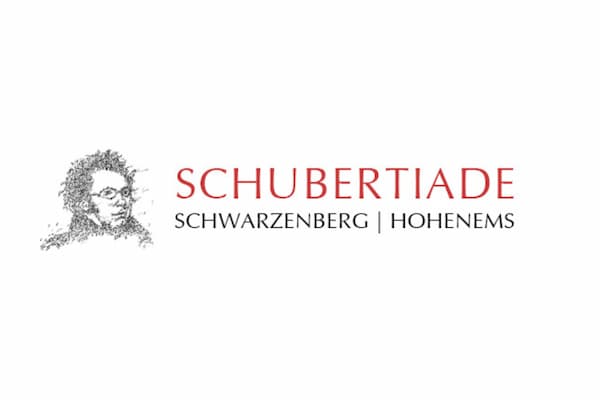
While the Schubertiade 2025 continues to enchant audiences with its celebration of Schubert’s music, preparations for the 50th anniversary in 2026 are already in motion, promising a historic milestone. To mark this significant occasion, the festival will initially recreate the program of the inaugural 1976 Schubertiade, honouring its origins with a poignant tribute to Schubert’s timeless artistry.
Honouring Origins
The 1976 Schubertiade Revived for a Historic 50th Anniversary
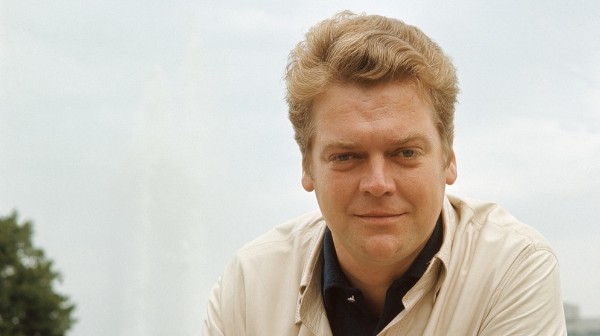
Hermann Prey
The inaugural Schubertiade in 1976 was a modest yet profound affair, featuring Hermann Prey alongside pianist Leonard Hokanson. Their performance set the tone for the festival’s ethos of authenticity, intimacy, and a focus on Schubert’s music, particularly his lieder and his chamber works. The decision to recreate this program for the 2026 opening concert is a nod to the festival’s humble beginnings and a testament to its enduring mission to keep Schubert’s spirit alive.
To be sure, recreating the 1976 programme is more than a nostalgic gesture; it is a deliberate act of cultural preservation. The Schubertiade has always balanced tradition with innovation, introducing new artists and expanding its repertoire while remaining anchored in Schubert’s music. By revisiting the inaugural programme, the festival honours Gerd Nachbauer’s and Hermann Prey’s vision of creating a space where Schubert’s music could thrive in an intimate, authentic setting.
The recreation of the 1976 Schubertiade programme is akin to unearthing a musical time capsule, carefully preserved when the festival first came to life under Hermann Prey’s visionary guidance. As such, the 2026 recreation is not merely a performance but a bridge across time, inviting today’s audiences to experience the same emotional intensity and intimate connection that captivated listeners back in 1976.
Eternal Melodies
Lieder in the Limelight

It comes as no surprise that every composition performed at the inaugural Schubertiade in Hohenems, held from May 8 to 16, 1976, in the historic Rittersaal of Hohenems Palace, was crafted by Franz Schubert. This exclusive focus on Schubert’s music, with a particular spotlight on his lieder, defined the festival’s initial programming and set a precedent for its enduring identity. It established a foundation of authenticity and reverence by laying the groundwork for a legacy that continues to thrive half a century later.
Of the nine concerts that comprised the 1976 festival, five were devoted to Schubert’s lieder, highlighting the emotive power and poetic depth of individual songs such as “Wandrers Nachtlied” and “Sehnsucht,” alongside the profound song cycles Die schöne Müllerin, Winterreise, and Schwanengesang. These performances, led by Prey’s expressive baritone and Leonard Hokanson’s sensitive pianism, captured the essence of Schubert’s ability to weave narrative and emotion into music that speaks to the human heart.
Then as now, Schubert’s lieder remain the heart and soul of the Schubertiade, their emotional depth, poetic sensitivity, and timeless melodies resonating with audiences across generations. This emphasis on lieder not only defined the festival’s inaugural spirit but continues to anchor its mission, ensuring that Schubert’s songs remain a vibrant, living tradition in the intimate setting of Hohenems and Schwarzenberg.
Immortal Voices
Chamber Works That Transcend Eras
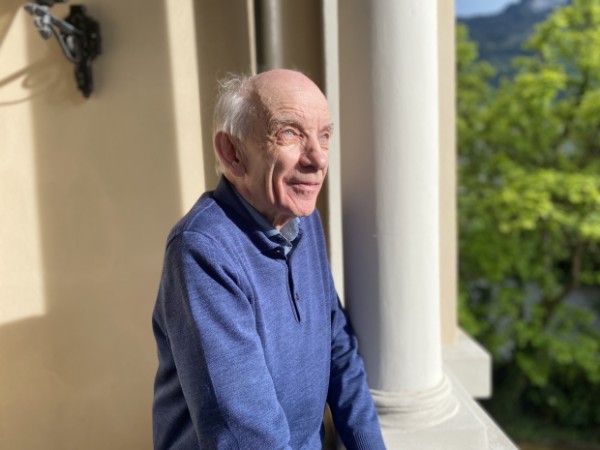
Gerd Nachbauer
The various lieder recitals at the inaugural Schubertiade in Hohenems were complemented by an exquisite selection of Franz Schubert’s chamber music masterpieces, including “Death and the Maiden” (String Quartet No. 14 in D Minor, D. 810), the Fantasy in F Minor for Piano Four Hands (D. 940), the Octet in F Major, (D. 803), and the Trout Quintet (Piano Quintet in A Major, D. 667). Collectively, these works leave an indelible impression of Schubert’s genius, blending emotional universality with innovative craftsmanship.
The Death and the Maiden quartet, rooted in Schubert’s earlier lied, juxtaposes brooding intensity with moments of lyrical tenderness and captures the human confrontation with mortality in a timeless and transcendent manner. The Octet in F Major, with its expansive six-movement structure, radiates warmth and virtuosity, its conversational interplay among eight instruments showcasing Schubert’s ambition to rival Beethoven’s grandeur.
The Fantasy for piano 4 hands is a pinnacle of Schubert’s late style, blending lyric intimacy with structural ambition in a continuous stream of communal spirit. Traversing human emotions from introspection to exuberant joy, the harmonic richness and melodic inventiveness create a defining sense of dialogue and unity.
The Trout Quintet, named for its fourth movement’s variations on Schubert’s lied, radiates youthful exuberance and melodic charm. Its unconventional instrumentation (violin, viola, cello, double bass, and piano), offering a fresh and luminous texture, is a playful yet sophisticated depiction of nature and human joy. These works have clearly withstood the test of time and are as relevant and vibrant today as they were 50 years ago.
Echoes of Devotion
Spiritual Masterpieces
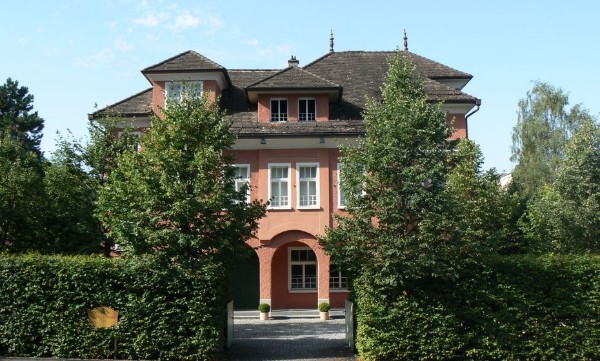
Schubertiade Hohenems
The central concert at the first Schubertiade of 1976 featured selections from Schubert’s sacred compositions. From selected settings of the Salve Regina to Antiphonal Choruses for Palm Sunday and the “German Mass,” these works showcased Schubert’s gift for melodic richness and harmonic sophistication, blending Viennese choral traditions with his distinctive emotional expressiveness.
While these sacred works were at the centre of cultural life 50 years ago, the devotional tone, rooted in liturgical settings, has not transferred to the predominantly secular culture of today. Performance demands and a lacking practical context for Schubert’s sacred music have contributed to its diminished presence today.
Since his masses and other sacred compositions require larger choral and orchestral forces, often tied to specific religious occasions, Schubert’s sacred output has sadly been relegated to isolated performances. The opportunity to hear these sacred works revived at the Schubertiade 2026 within a secular setting promises to be a captivating highlight, allowing audiences to reconnect with their spiritual depth and lyrical beauty.
A Timeless Celebration
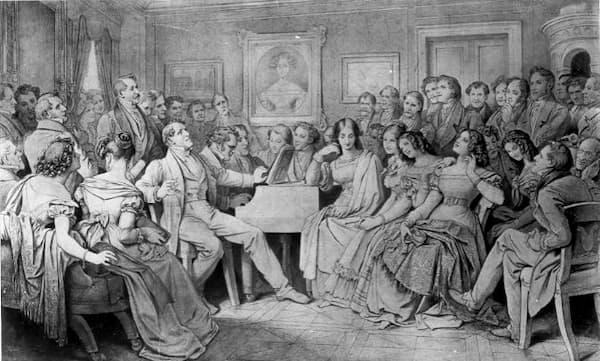
Moritz von Schwind: Schubertiade 1868
The Schubertiade 2026, marking its 50th anniversary, stands as a testament to the enduring power of Franz Schubert’s music, with its opening in Hohenems recreating the 1976 programme to honour the festival’s origins. By reviving the lieder-dominated program alongside timeless chamber works and festive sacred music, the festival opens a musical time capsule, reconnecting audiences with the intimate and authentic spirit that Hermann Prey and Gerd Nachbauer envisioned.
These works, with their profound emotional depth, innovative structures, and universal themes, remain as vibrant today as they sounded in 1976. This golden anniversary celebration not only preserves the Schubertiade’s legacy but also reaffirms Schubert’s music as the heart and soul of the festival, bridging past and present in a luminous celebration of artistry that continues to captivate and inspire across generations.
No comments:
Post a Comment